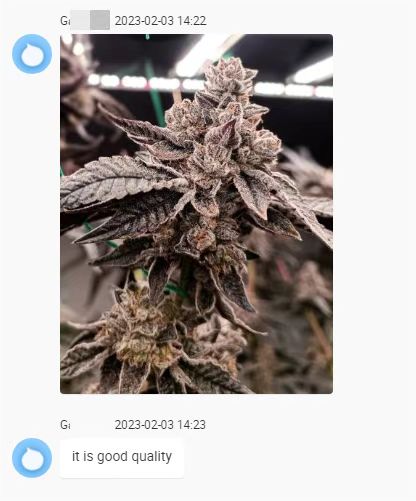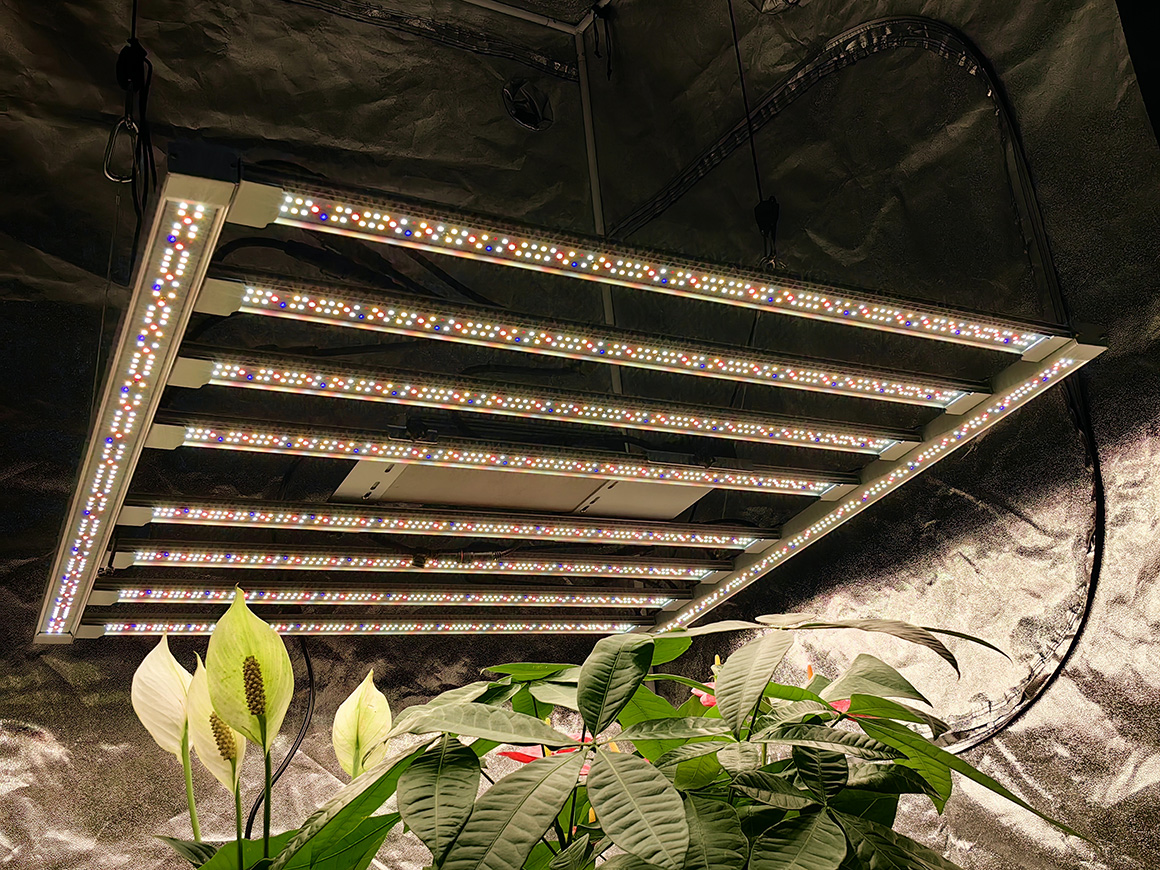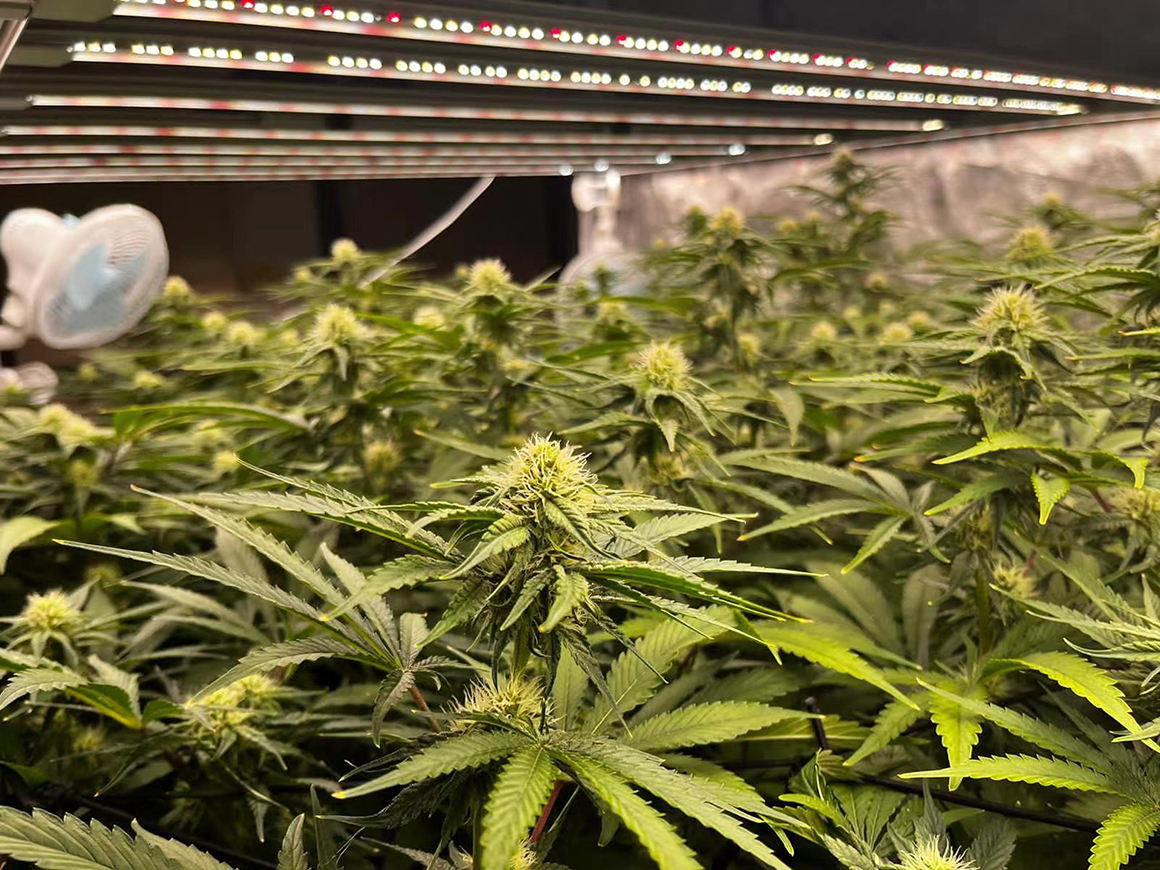How do you determine which wavelength of light is required for your plant's growth?
Recommend hot selling popular item-- 600w full spectrum with high uniform balanced PPFD, excellent care of every plant, large coverage, detachable design for saving over 30% shipping cost, uv/ ir turn on/off and dimming separate controlled.
Understanding the light requirements of plants involves knowing which wavelengths of light are most beneficial for their growth. Plants primarily utilize light in the visible spectrum for photosynthesis, which is the process by which they convert light energy into chemical energy to fuel their growth. Here are some general guidelines to help you determine the light needs of your plants:

Photosynthetically Active Radiation (PAR): Plants primarily absorb light in the PAR range, which includes wavelengths between 400 and 700 nanometers. This corresponds to the blue and red parts of the spectrum. Light meters that measure PAR can help you assess the amount of light available for photosynthesis.
Blue Light (400-500 nm): Blue light is crucial for promoting vegetative growth, including leaf development and overall plant structure. It is often associated with compact, bushy growth.
Red Light (600-700 nm): Red light is essential for flowering and fruiting. It stimulates the production of hormones that influence flowering and fruiting processes.
Full Spectrum vs. Specific Spectra: While plants can grow under a full spectrum of light, specific wavelengths can be optimized for different growth stages. For example, blue light is beneficial during the vegetative stage, while red light is important during flowering.
To determine the light needs of your plants:
Research the Specific Plant: Different plants have varying light requirements. Some plants thrive in full sun, while others prefer partial shade. Look up information about the specific plants you have to understand their light preferences.

Observe Plant Behavior: Healthy plants will exhibit appropriate growth patterns and flowering when provided with the right light conditions. If your plant is leggy, stretched, or not flowering, it may indicate a lack of proper light.
Use Light Meters: Light meters can measure the intensity of light in different wavelengths. PAR meters specifically measure light in the range that plants use for photosynthesis. These tools can help you determine if your plants are receiving adequate light.
Adjustable Grow Lights: If you're growing plants indoors, consider using adjustable LED grow lights. These lights allow you to tailor the spectrum of light to meet the specific needs of your plants during different growth stages.
Remember that light is just one factor influencing plant growth. Soil quality, water, and nutrients are also crucial. By understanding the specific light requirements of your plants, you can create an environment that promotes healthy growth and development.







 WhatsApp
WhatsApp WeChat
WeChat

